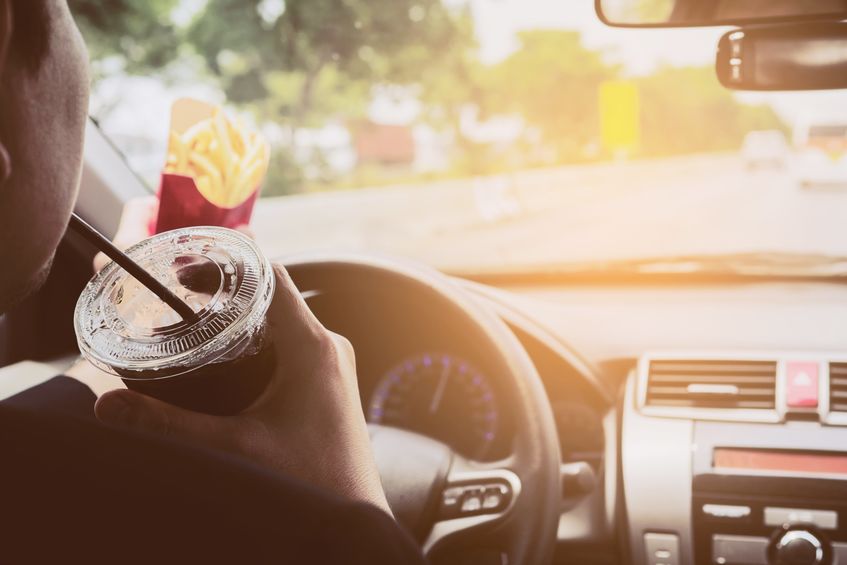

- #Cognitive demand of undistracted highway driving drivers
- #Cognitive demand of undistracted highway driving driver
- #Cognitive demand of undistracted highway driving free
When trying to focus on more than one activity, your brain may become overloaded by the need to process information from two or more sources. In reality, the brain is switching attention between tasks-performing only one task at a time." brains can juggle tasks very rapidly, which leads us to erroneously believe we are doing two tasks at the same time. "Human brains do not perform two tasks at the same time. In fact, recent research has demonstrated that multitasking is a myth: If it's so easy for us to do several things at once at other times, how bad can it be to do so while driving? Indeed, multitasking is considered a valued skill throughout our culture, especially since people often feel like they don't have enough time for everything they'd like to. For instance, you may find it normal to study, check your email, listen to music, and eat a snack all at the same time. The only thing you should be doing when you're behind the wheel is driving.īecause we're so used to doing many things at once in our everyday lives, it can be easy to think that we're naturally wired to multitask. Your car is not the right place for these activities.

Distractions that can lead to a collision include:
#Cognitive demand of undistracted highway driving drivers
Several NHTSA studies have estimated that drivers engage in potentially distracting secondary tasks approximately 30% of the time their cars are in motion.
#Cognitive demand of undistracted highway driving driver
No matter what it is, when you're doing something other than driving, you're distracted from your responsibilities as a driver and more likely to become involved in a collision.ĭistractions are typically classified as one of three distinct types:Īctivities that cause you to take your eyes off the road are known as visual distractions.Īctivities that cause you to take your hands off the wheel are known as manual distractions.Īctivities that cause you to take your mind off of driving are known as cognitive distractions. When you look away from the road, you may look back up only to see a car about to hit you when it's too late to do anything about it!Īny non-driving activity that a driver engages in while operating a motor vehicle is considered a driver distraction. Moreover, the effects on the participants' braking behavior suggest that the procedure adopted to increase cognitive load, based on a story retelling, is an effective method to analyze the impact of hands-free cellphone use on driving skills in a car simulation experiment.On the road, a second of inattention can mean the difference between life and death. These findings suggest that the distraction induced by the use of earphones may induce risk compensation behaviors and delay pedestrian perception. Distracted participants assumed lower initial speeds, took the first action to stop at shorter distances from the zebra crossing, and had more difficulty in keeping speed variations under control. The results of a mixed two-way ANOVA showed the presence of a significant difference for distracted and non-distracted drivers with the absence of gender-related differences across the two groups. For both groups, the analyses focused on the moment at which a child entered a pedestrian crossing from a sidewalk. The conversation via earphones was arranged to diminish the amount of cognitive resources allocated to the driving task. An experimental group faced the same scenario while engaged in a phone call.
#Cognitive demand of undistracted highway driving free
To this aim, a control group was left free to drive without any imposed cognitive task. Abstract : In this study, a cohort of 78 university students performed a driving experience in a virtual urban scenario, by means of a car driving simulator, to examine effects of a planned hands-free mobile phone conversation on young drivers' braking behaviors.


 0 kommentar(er)
0 kommentar(er)
